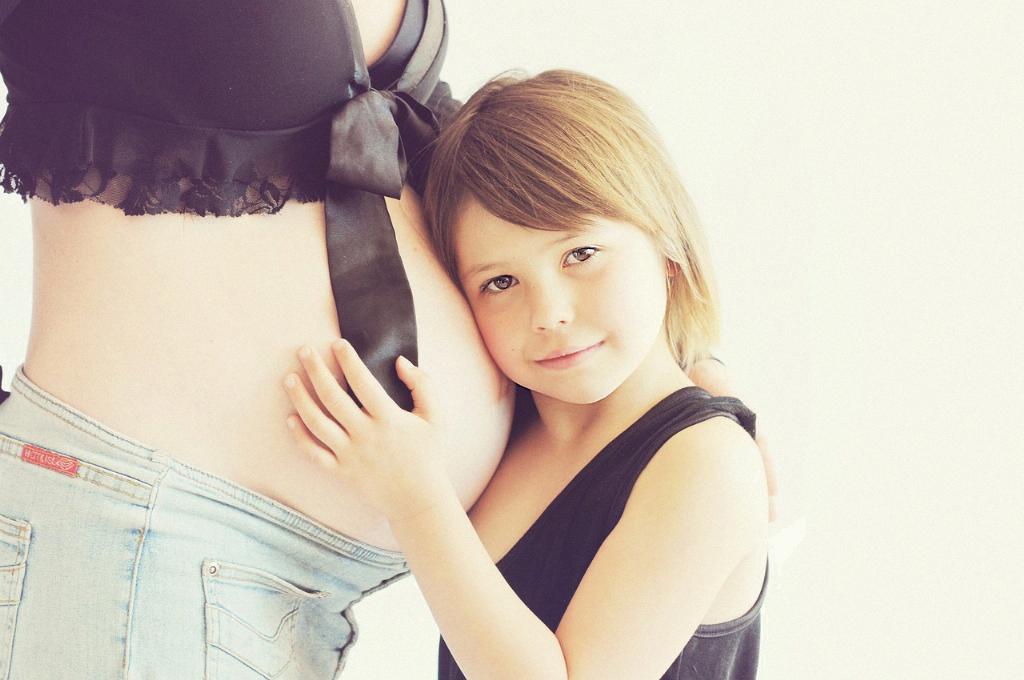When it comes to the delivery of twins, the likelihood of a cesarean section can be significantly higher compared to a singleton pregnancy. Research shows that the rate of C-sections for twin births is nearly double that of single baby deliveries. This statistic might lead to the question of how common C-sections really are when it comes to twins.
While each birth is unique and individual circumstances can vary significantly, the higher rate of C-sections with twins is often attributed to various factors that come into play during the pregnancy and birth process. One key determinant is the position of the babies. The positioning of twins in the womb can influence whether a vaginal delivery or a C-section is recommended.
As twins share the same space in the uterus, their positions may be more restricted, leading to a higher likelihood of complications during labor. In cases where both twins are positioned head-down (vertex presentation), a vaginal birth may be possible. However, if one or both twins are in a breech position or other non-optimal positions, a C-section may be the safer choice to ensure the well-being of both babies and the mother.
Additionally, factors such as the health of the mother, the size of the babies, the presence of any medical conditions, and the progress of labor can all influence the decision to opt for a C-section. In complex twin pregnancies where there are concerns about risks or complications, healthcare providers may recommend a planned cesarean delivery to reduce potential dangers and ensure a safe birth for the babies.
Despite the higher rate of C-sections for twins, it’s essential to remember that vaginal delivery is still a feasible and preferred option in many cases. Some twin pregnancies progress smoothly without complications, allowing for a successful vaginal birth. Factors such as the gestational age of the babies, their growth patterns, and the overall health of the mother can play a significant role in determining the mode of delivery.
It’s crucial for expectant mothers of twins to discuss their birth preferences and concerns with their healthcare providers early in pregnancy. Establishing open communication and understanding the risks and benefits of both vaginal and cesarean deliveries can help prepare for various scenarios that may arise during the course of the pregnancy.
While the rate of C-sections with twins may be higher, the focus should always be on ensuring the safety and well-being of both the babies and the mother during the birthing process. Collaborating with a supportive healthcare team and staying informed about the options available can empower expectant parents to make informed decisions that align with their preferences and the best interests of their growing family.

